Waterlilies and roses at Monet’s garden in Giverny
Having admired his waterlily series at the Musée de l’Orangerie, we decided to visit French impressionist Claude Monet’s garden in Giverny while vacationing in Paris last month. Braving Paris traffic, we rented a car one Sunday morning and drove 50 miles northwest to Giverny, with plans to tour chateaux in the area afterward.
By the time we arrived, around 10:30 am, the line to enter the garden stretched far down the village lane (instant realization: we should have bought tickets online ahead of time), and we waited about 45 minutes to get in. But the weather was pleasant, if a little warm, and everyone in line seemed happy to be there.
Monet’s pink crushed-brick home with vivid green trim faces inward on a walled flower garden called the Clos Normand, a colorful, romantic tumble of roses, poppies, alliums, clematis, and other blossoming plants. The famous waterlily pond sits on the other side of a now-busy road, and a tunnel offers visitor access.
Following Monet’s death in 1926, both house and garden were neglected for decades until American philanthropy provided funds for their restoration. The garden today is a complete reconstruction that’s faithful to Monet’s original design, which he created for the specific purpose of painting it.
It’s a garden lover’s mecca — and, in June, a rose lover’s paradise.
Here’s the Clos Normand as seen from an upstairs window of the house. It’s a sunny garden with few trees, mostly small fruiting species.
Long paths are laid out in straight lines, with arbors arching over paths and tuteurs lifting roses and flowering vines skyward.
All are painted that distinctive green.
I was smitten by the exuberance and colors of the garden. The bees loved it too.
Poppies in shades of pink and lavender were blooming along the pathways…
…and going to hatted, blue-green seed.
Sweet pink columbine was still in bloom.
But roses were the stars of the mid-June garden…
…clambering up trellises everywhere you looked…
…and perfuming the air.
Orange daylilies were blooming too. (We saw Geraldo Rivera and his wife here, accompanied by a tour guide talking about the planting scheme. It was perhaps my most famous spontaneous celebrity sighting, after Elijah Wood buying towels at a north Austin Bed Bath & Beyond a few years ago.)
A burgundy tree adds a dash of dark foliage to a perimeter bed.
I especially liked these chocolate-colored, dangling seeds (at middle). Anyone know what they are?
Gorgeous dahlia
Tall lupines reminded me of early-spring bluebonnet season back home in Texas.
Pink poppies and roses — a frothy, wedding-ready display
Mauve poppies and crimson roses create a moodier scene.
Burgundy roses and a giant allium gone to seed
Small black bugs were troubling the poppies and certain other flowers, but I was glad to see that insect damage is tolerated, creating a safe habitat for bees and other pollinators.
Red and green along a narrow path
I believe I stopped to smell every rose.
Emerging from the pedestrian tunnel that leads to the water garden, you enter a very different style of garden, where a gentle stream flows under green bridges and bamboo towers overhead.
Monet had a passion for Japanese art (his collection of Japanese prints is displayed in his house), and here a serene and largely green Japanese aesthetic replaces the flowery exuberance of the Clos Normand.
A stately copper beech rises from a mossy glade, protected by a low bamboo fence.
And then you enter the sunny waterlily garden, with its iconic arching green bridges spanning each end of the pond.
You can easily recall Monet’s paintings in the watery reflections of sky and trees, mottled with green lily pads and pastel or jewel-toned flowers.
The banks of the pond are densely planted with shrubs and small trees like this burgundy Japanese maple.
Another beautifully pruned Japanese maple
A large weeping willow droops romantically over the water.
Rose arches frame a view along one side of the pond. I waited for a dozen voguing selfie-takers to disperse and then stood there to admire the view.
And what a beautiful view it is. It’s remarkable to think that nearly 100 years after his death, Monet’s garden, far from having disappeared entirely, as it might have, is delighting visitors and bringing his artwork to life.
Coming up next: A tour of a gorgeous Italian-style garden at 16th-century Château d’Ambleville. For a look back at my visit to Paris, including Monet’s famous waterlily paintings, click here.
I welcome your comments; please scroll to the end of this post to leave one. If you’re reading this in a subscription email, click here to visit Digging and find the comment box at the end of each post.
_______________________
Digging Deeper: News and Upcoming Events
Join the mailing list for Garden Spark Talks! Inspired by the idea of house concerts, I’m hosting a series of garden talks by inspiring designers and authors out of my home. Talks are limited-attendance events and generally sell out within just a few days, so join the Garden Spark email list for early notifications. Simply click this link and ask to be added.
All material © 2006-2018 by Pam Penick for Digging. Unauthorized reproduction prohibited.


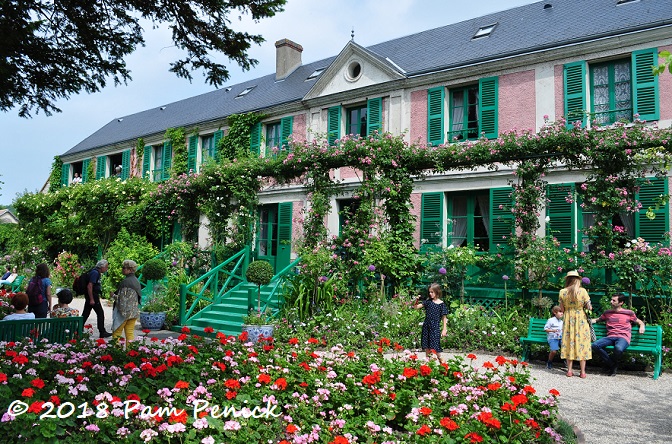
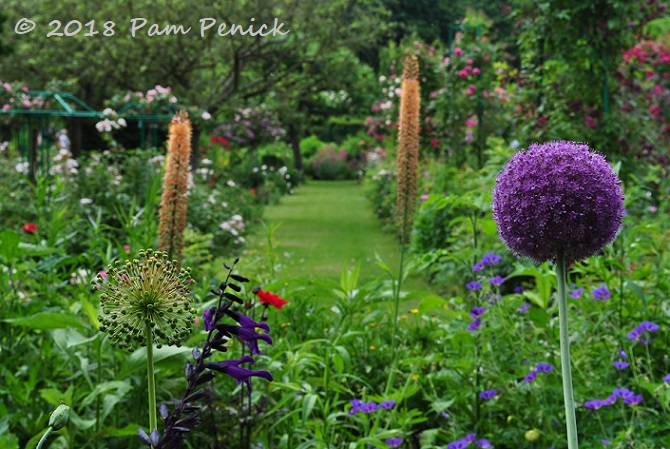
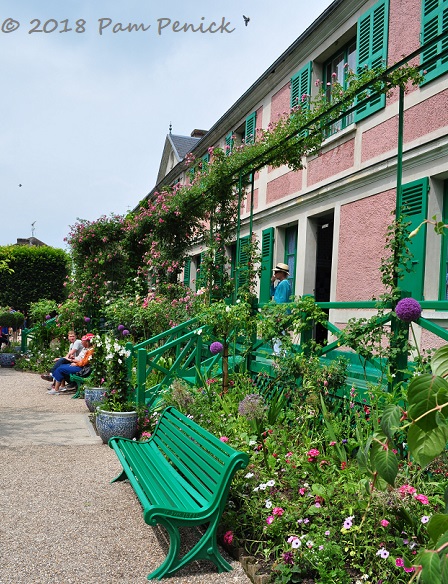
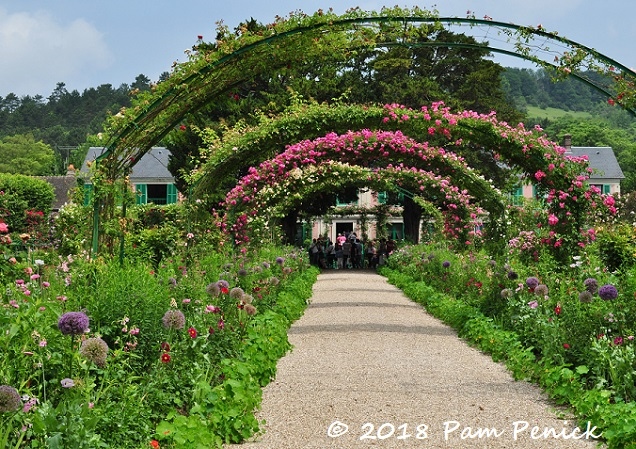
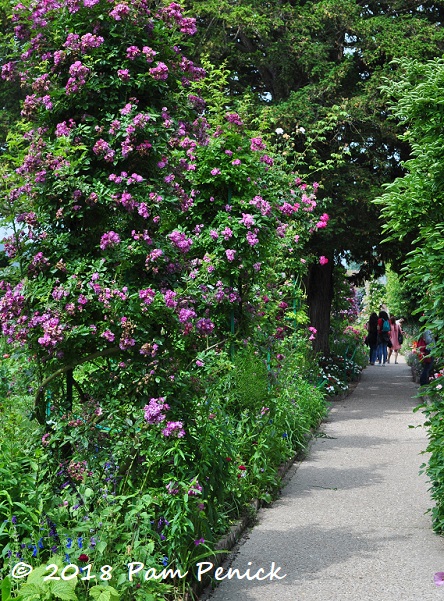
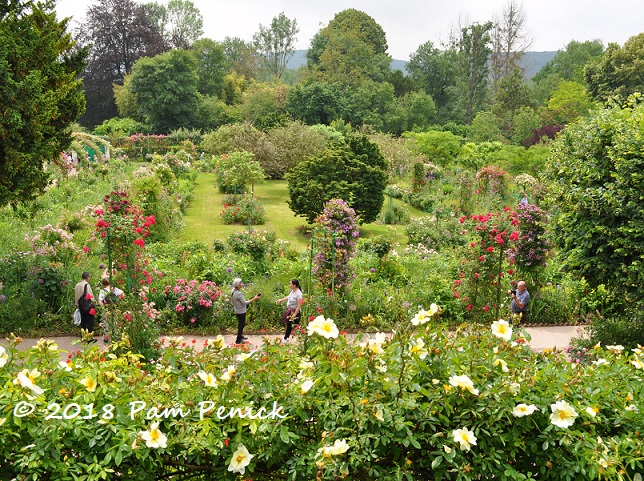
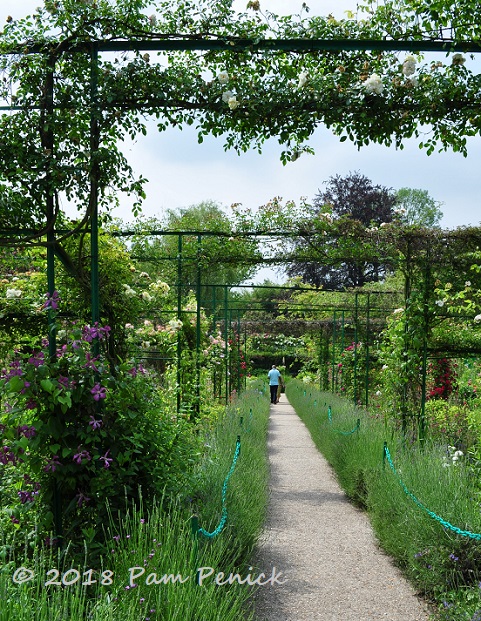
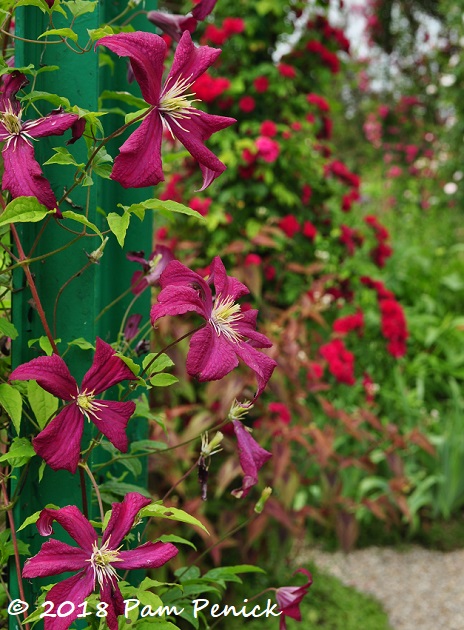
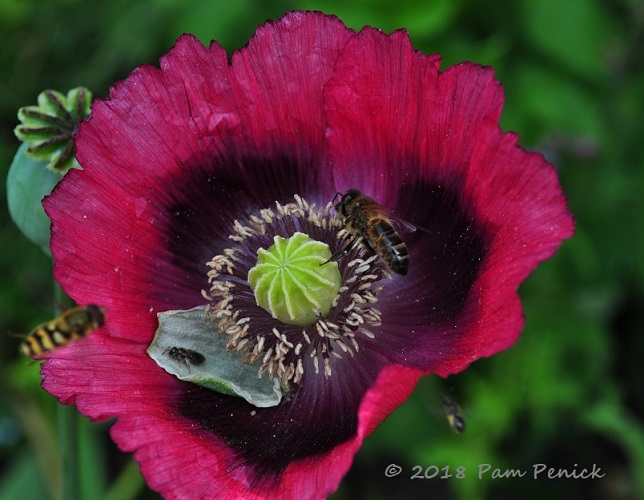
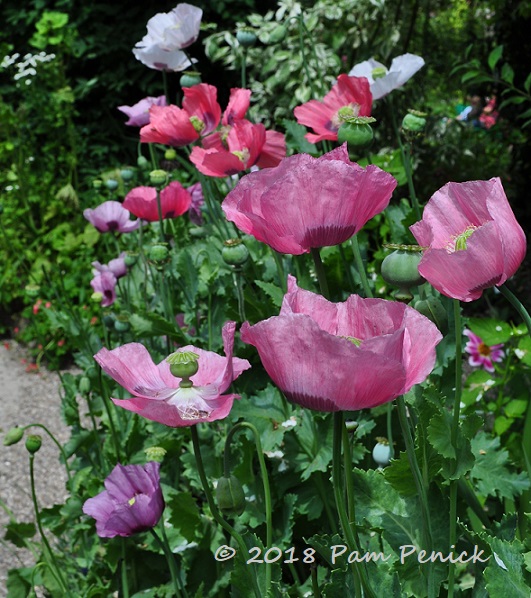
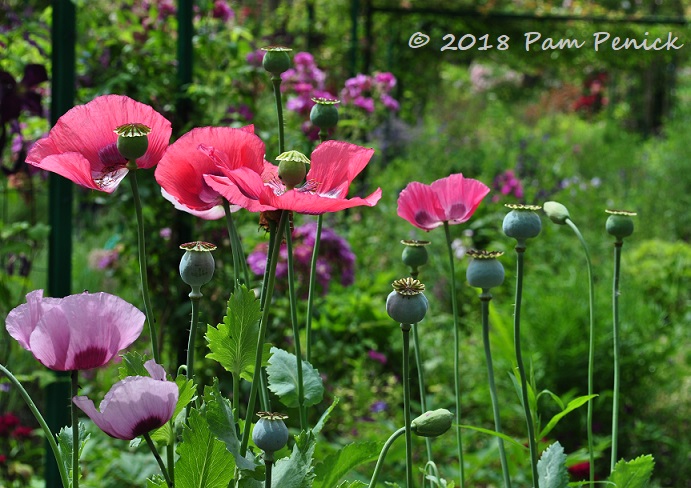
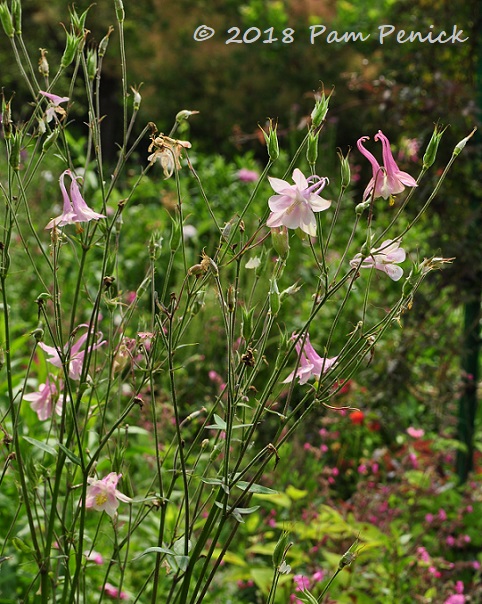
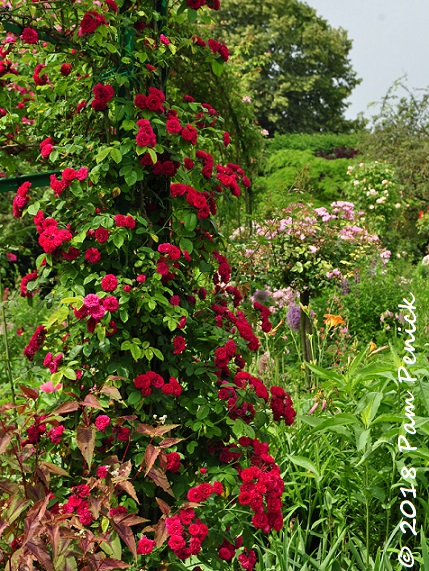
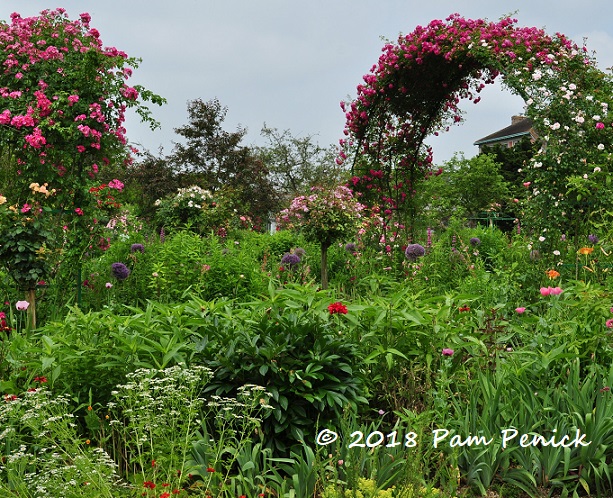
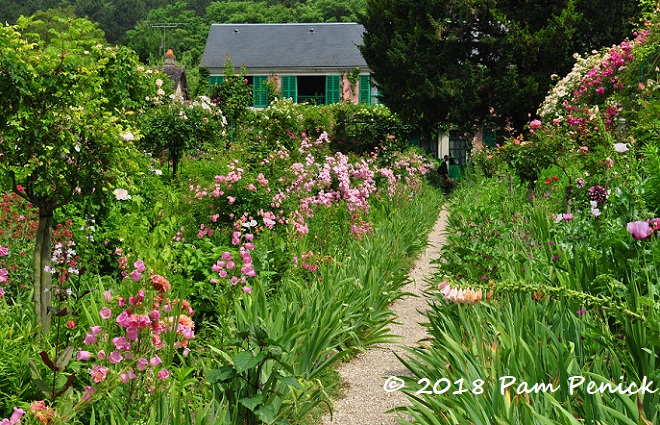
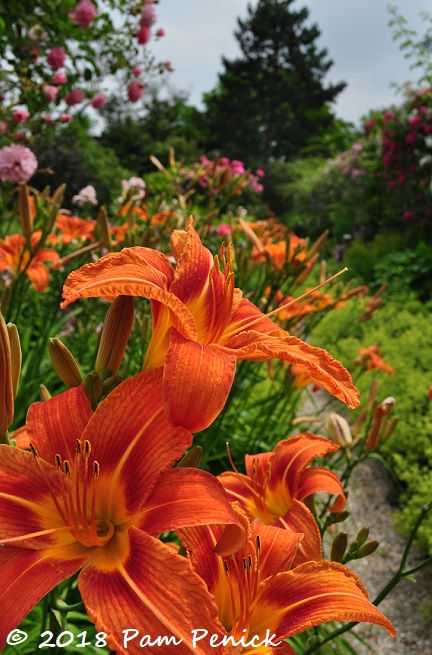
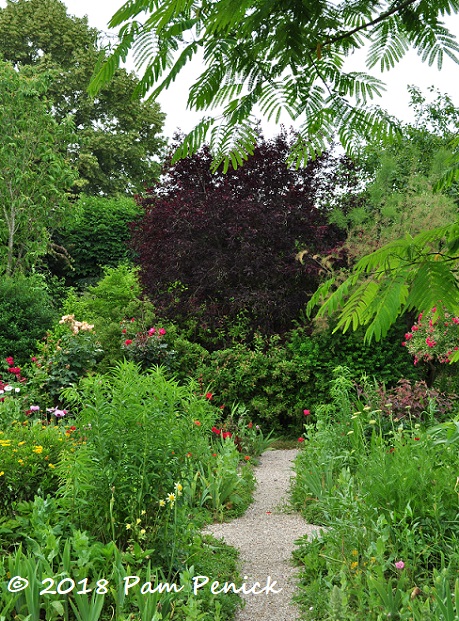
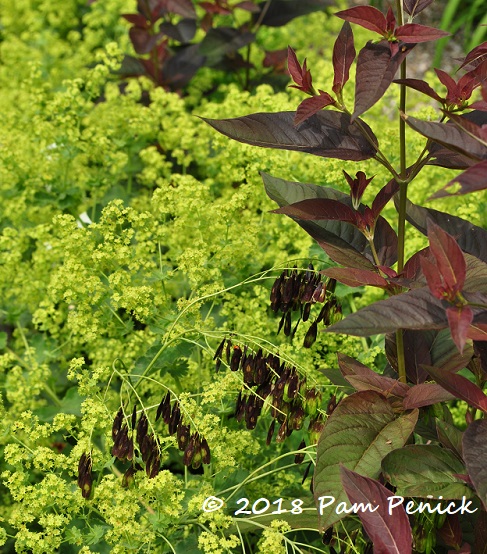
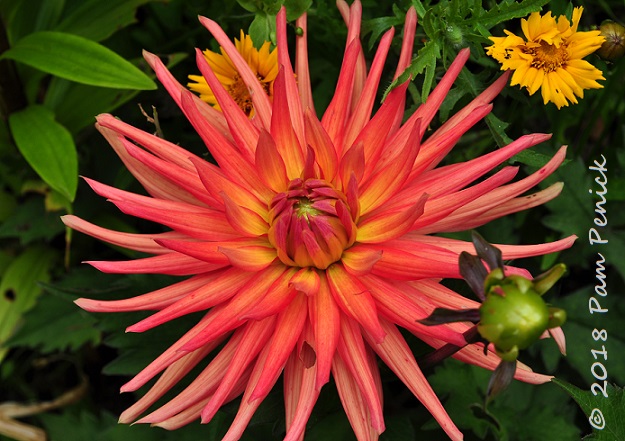
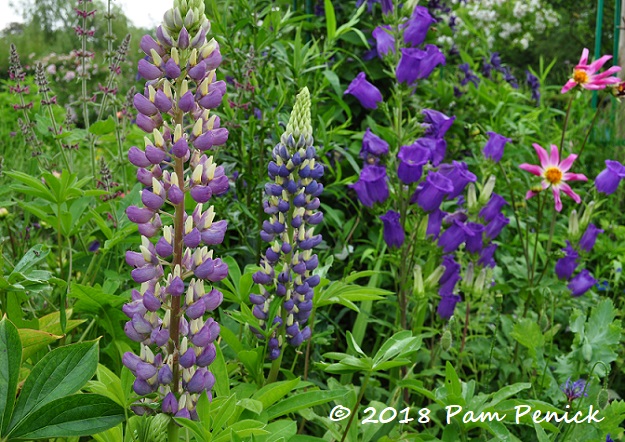
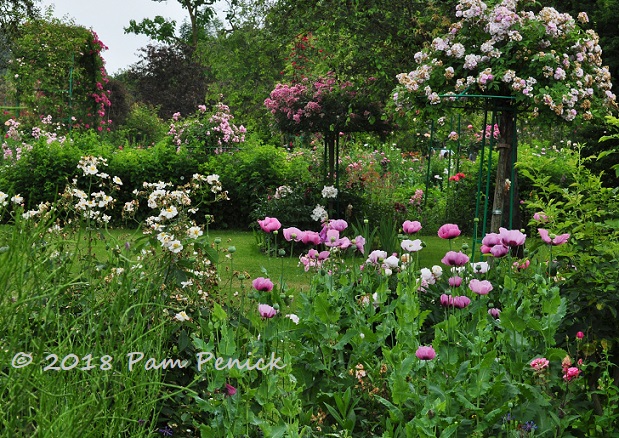
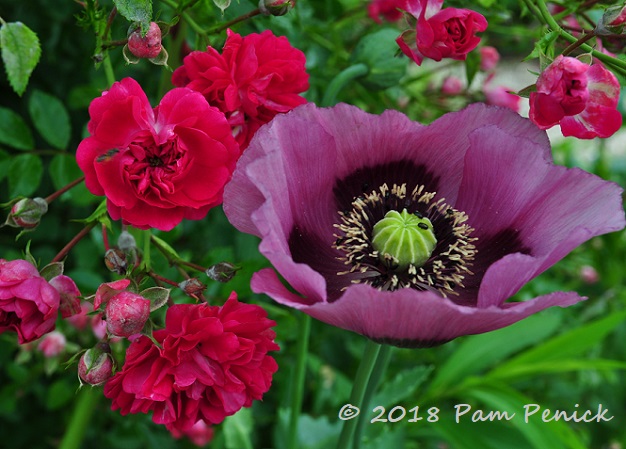
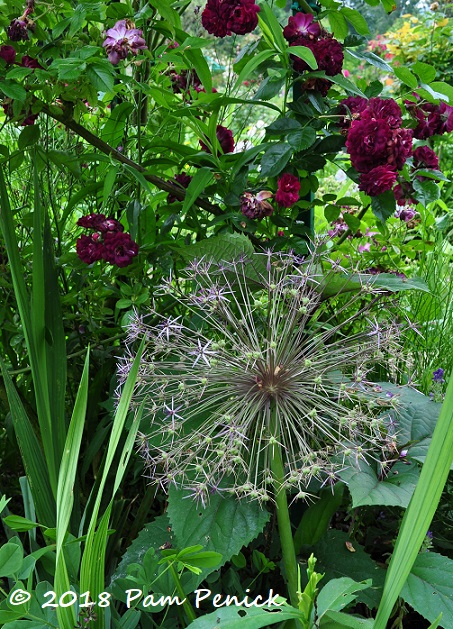
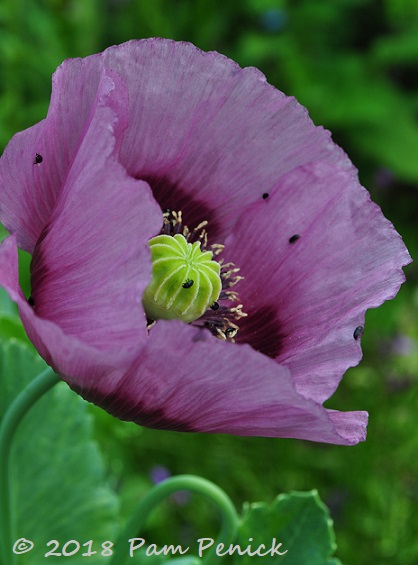
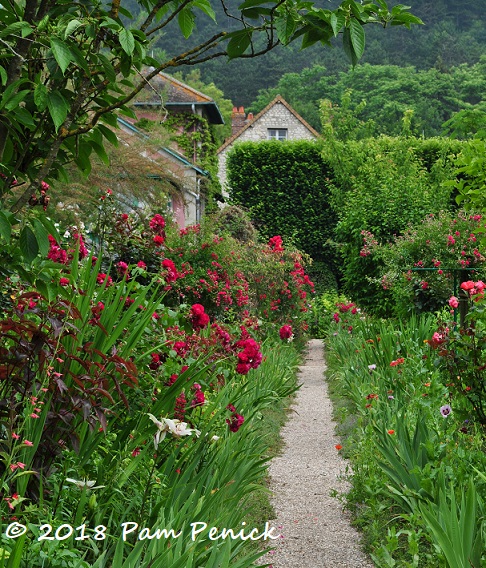
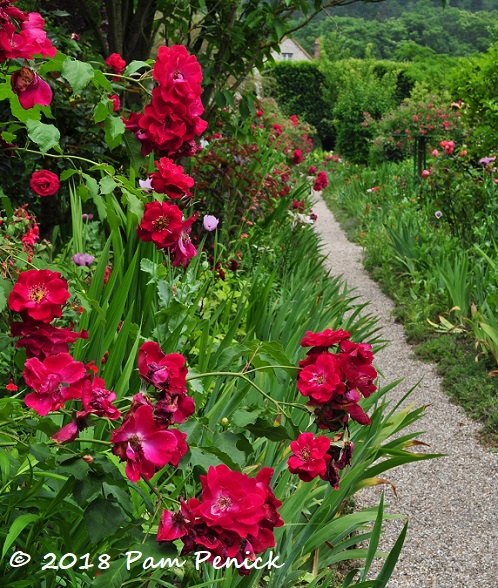
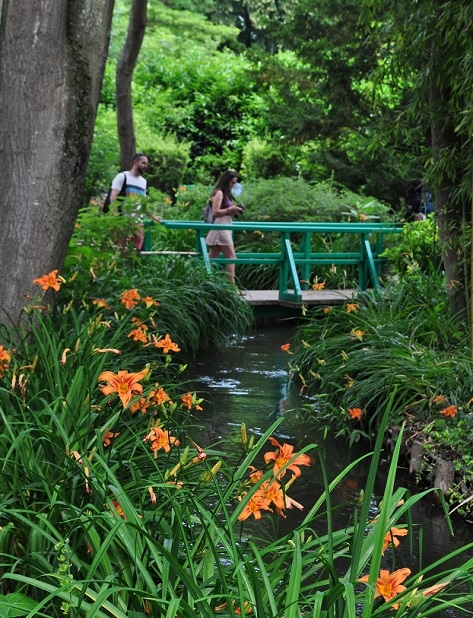
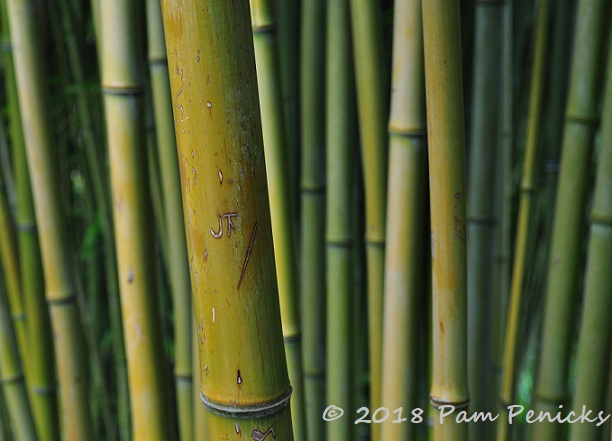
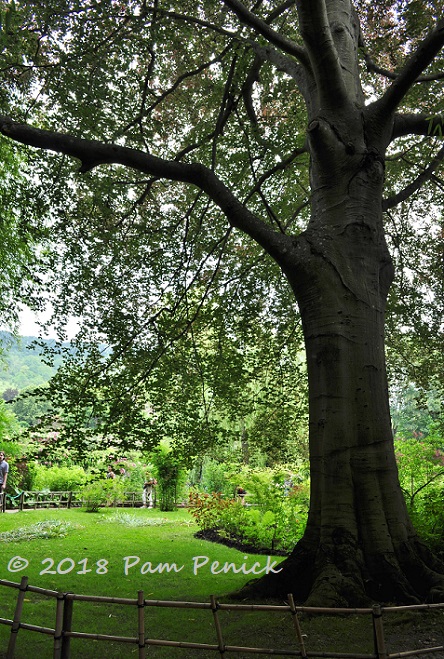
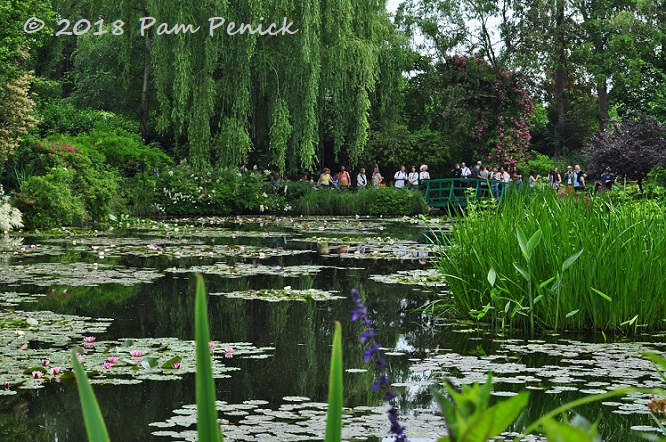
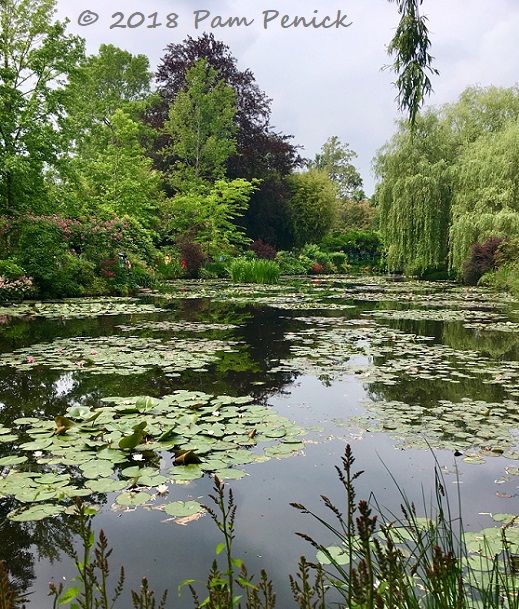
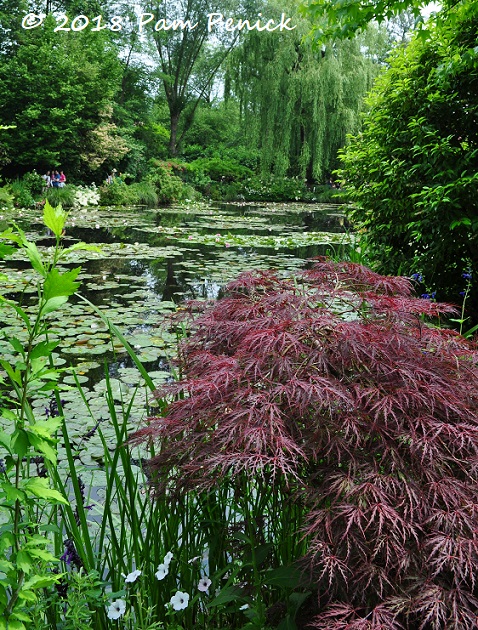
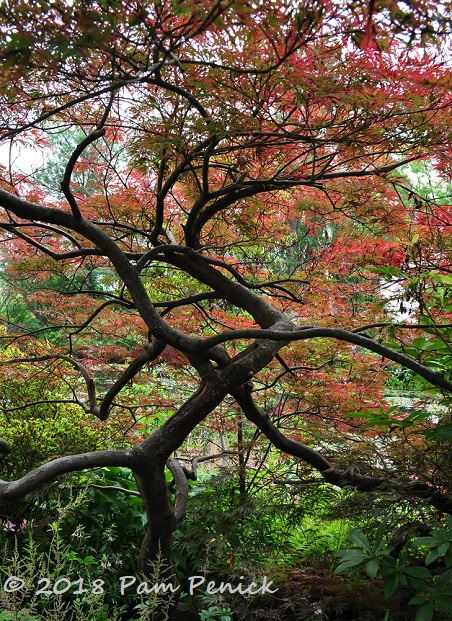
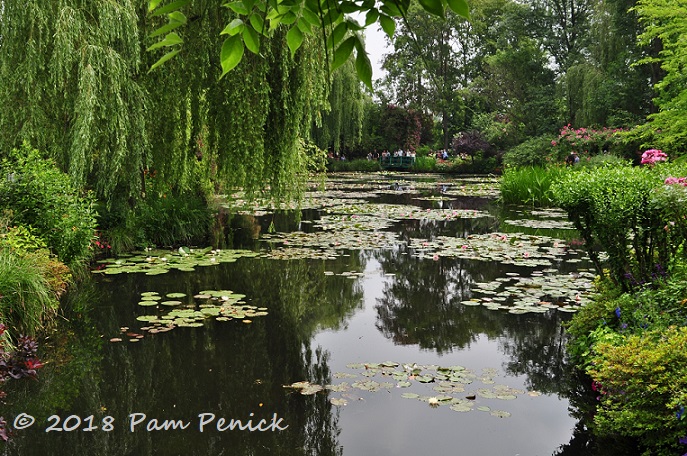
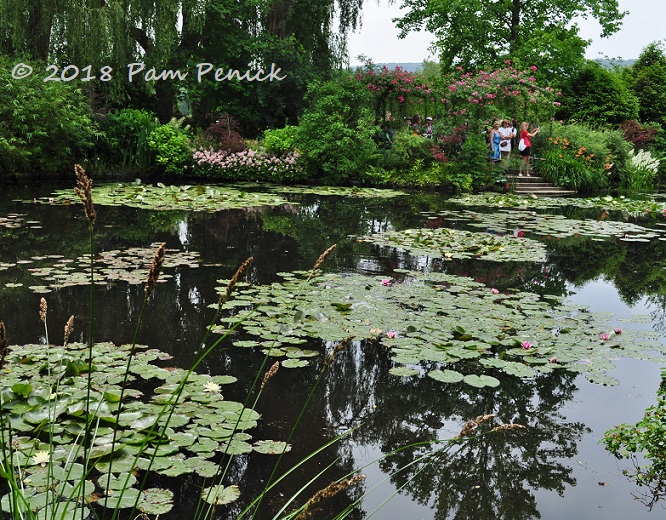
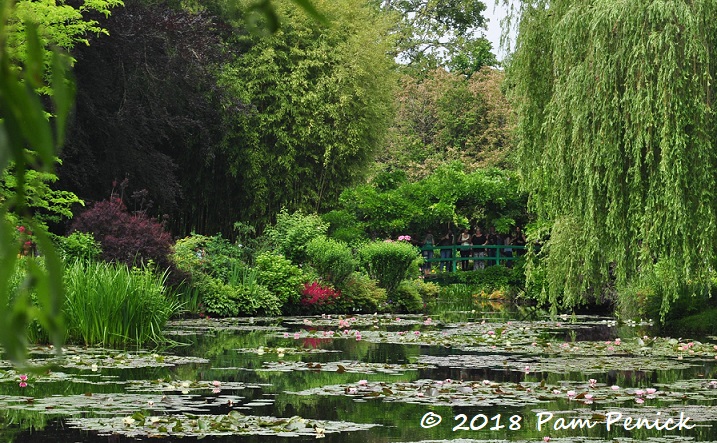
Stunning. I can’t believe I’ve not been to this garden…I must see it! I would have stopped to smell each rose, too.
I know, that’s how I felt too! But I have one coming up next that I liked even more, although maybe it was only because it was less crowded with tourists.
This is a mesmerizing account of his garden. A June visit is now on my bucket list. Thanks, Pam!
My pleasure, Ann. It’s well worth taking the time for a day trip from Paris.
How wonderful to be there to see the waterlilies in bloom. It’s a beautiful place and I am so glad you braved the French roads to see it.
The French roads were a breeze compared to the terrifying country lanes in England!
I think this is the best photographic coverage of Monet’s garden I’ve ever seen, Pam. You made fantastic use of your trip to France!
I’m flattered you think so, Kris. Yes, we saw a lot and had a wonderful time in France. But there’s so much more to see…
Love seeing this garden through your eyes. I bet you were nearly delirious after snuffing all of those roses. Did they all have fragrance?
Not all, but most, I’d say. My nose got a good workout.
Loved your coverage of this garden. I’ve never been and it’s on my bucket list. I was so blown away by the water lily paintings at the Orangerie that I cried (not the first time that art has done that to me).
Oh Jean, then you really must go see his garden. I think you’d love it.
Thanks so much for sharing your photos and for your wonderfully descriptive account of your experience of being there. I consider visiting this garden one of those rare, once-in-a-lifetime things that I will probably never do now that I’m old and hate flying and traveling. I bet it was transportive.
It was very lovely indeed, Alison. I will say that the crush of visitors kept it from being as transportive as it might otherwise have been. I like to visit a garden in solitude, and you just can’t see Monet’s garden that way, alas. Still, it was delightful to explore it.
I know what you mean about hating to fly. Flying, especially long distances, is such a cramped, uncomfortable way to travel — even if you’ve purchased extra leg room, as we did (being in the 6-ft range). But once that was overcome it was all worth it.
I definitely have this garden on my list to visit, when we’re next even somewhere close by.
Such a wonderful thing to have restored (at least to some degree) what Monet’s vision (and garden) was.
It reminds me of Monticello, in an odd way, as it’s been (and being restored) for his vegetable and flower gardens, as well as the rest of the plantation.
That’s an interesting comparison, Lisa. And don’t you wonder what the original owners would think if they could see the thousands of pilgrimages made to see their creations?
Oh my, it’s even more beautiful than I imagined!
More than I imagined too!
I am so glad you got to see this, how lovely it must have been. Even though you u were with a few hundred other people.
Happily, despite the crowds, the long views are largely unobstructed because traffic is kept mainly on the perimeter paths. The only annoyance was on the Japanese bridges in the water garden, where selfie takers parked themselves for lengthy photo ops.
How gorgeous! Thank you for sharing it with us, and for braving the tourists.
Well, as they say here in Austin, “You’re not IN traffic. You ARE traffic.” 😉
Wow! This is a garden I haven’t been to yet. There is even more color than I imagined. I love that the insects are allowed to control the populations in a natural way.
It’s colorful and beautifully done. I’m glad you enjoyed the virtual tour, Karin.